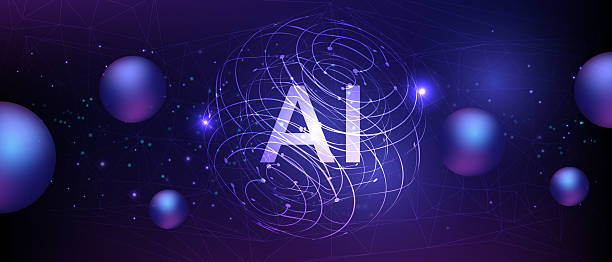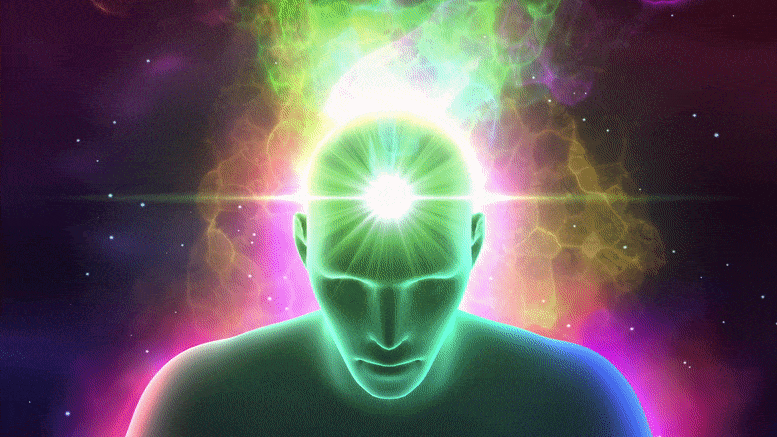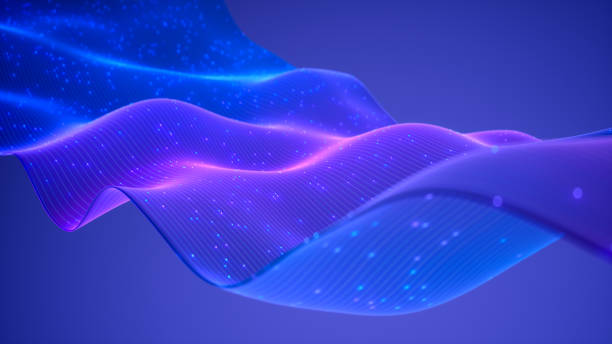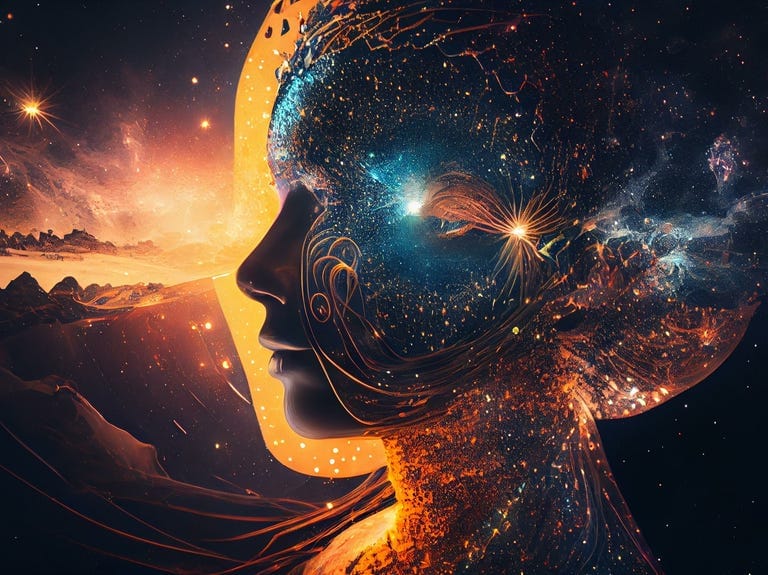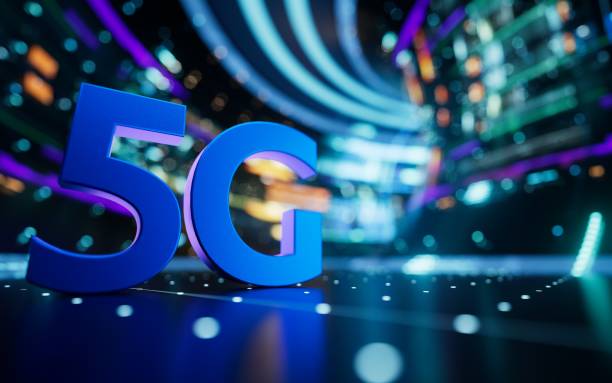A quiet revolution is reshaping the world around us — one that doesn’t roar like engines or echo like gunfire, but hums in the circuits of machines and whispers in the language of algorithms. Artificial Intelligence, or AI, is not just a tool of the future anymore; it is the beating heart of our present. From diagnosing diseases to composing music, from predicting climate change to powering the apps in our pockets, AI has woven itself into nearly every thread of human existence.
The question is no longer if AI will change the world — it’s how deeply it already has. What began as an experiment in computer logic has become a transformative force redefining industries, economies, and even the way we think about what it means to be human.
Let’s explore ten of the most powerful AI technologies that are changing our world right now — technologies that are not only redefining innovation but reshaping life itself.
1. Generative AI – The Creator That Never Sleeps
Generative AI is the painter, writer, and composer of the digital age. It’s a class of artificial intelligence models designed to create — to imagine — and it has exploded into the mainstream in just a few short years.
From systems like GPT and Gemini that can write essays, code, and poetry, to tools like DALL·E, Midjourney, and Runway that can generate art and videos from mere text, generative AI blurs the boundary between human creativity and machine logic.
Under the hood, generative AI is powered by deep neural networks — particularly transformer architectures — trained on massive datasets of text, images, or audio. The model learns the statistical patterns of how humans express ideas, and then uses that understanding to generate original content that feels strikingly alive.
But beyond art, generative AI is transforming industries. In medicine, it helps scientists design new drugs by imagining molecular structures. In engineering, it designs optimized materials. In entertainment, it writes movie scripts and creates digital actors.
Generative AI is, in essence, the imagination engine of the modern world. It doesn’t tire, it doesn’t sleep, and it doesn’t run out of ideas — it expands what’s possible for human creativity itself.
2. Natural Language Processing (NLP) – Teaching Machines to Understand Us
For most of history, computers spoke the language of numbers, and humans had to translate thoughts into commands. Natural Language Processing (NLP) changed that forever.
NLP allows machines to understand, interpret, and generate human language. It’s what lets Siri answer your questions, Google complete your searches, and chatbots hold conversations. Behind this magic are models like OpenAI’s GPT-5, Anthropic’s Claude, and Google’s Gemini — built upon billions of parameters that simulate the subtleties of human communication.
At its core, NLP combines linguistics and machine learning. It parses grammar, identifies meaning, and learns context through exposure to enormous volumes of language data. Modern NLP systems don’t just translate words — they understand emotion, tone, and intent.
The real-world applications are breathtaking. NLP enables real-time translation, making global communication seamless. It powers legal document summarizers, customer service bots, and voice assistants. In healthcare, it extracts vital information from clinical notes.
NLP bridges the gap between humans and machines. It’s turning computers into conversational partners — empathetic, helpful, and increasingly indistinguishable from us.
3. Computer Vision – Giving Machines the Gift of Sight
If NLP allows AI to understand our words, computer vision gives it eyes to perceive the world. This technology enables machines to identify, interpret, and process visual information from the environment — much like humans do.
Computer vision powers facial recognition systems, self-driving cars, security cameras, and even medical diagnostics. It allows AI to “see” tumors in scans, count endangered species from satellites, and guide robots through chaotic environments.
The foundation of computer vision lies in convolutional neural networks (CNNs), which detect patterns like edges, colors, and shapes in digital images. As these systems deepen, they recognize more complex features — eventually identifying entire objects, actions, or emotions.
In recent years, advances like Vision Transformers (ViTs) and multimodal AI — which combine text and image understanding — have made computer vision even more powerful.
Imagine a drone that can identify crop diseases before they spread, or a camera that understands traffic flow to reduce congestion. That’s computer vision in action — a technology that gives machines the most human sense of all: sight.
4. Reinforcement Learning – The Brain of Decision-Making Machines
Reinforcement learning (RL) is how AI learns from experience — much like a child touching a hot stove and never doing it again. It’s a framework where machines learn through trial and error, guided by rewards and penalties.
RL has given rise to some of the most impressive AI achievements in history. It’s how DeepMind’s AlphaGo defeated the world champion in the ancient game of Go — a feat once thought impossible for computers. It’s also how robots learn to walk, cars learn to drive autonomously, and financial systems learn to optimize trading.
At its core, reinforcement learning consists of three parts: an agent (the learner), an environment (the world it interacts with), and rewards (signals of success or failure). Over time, the AI refines its strategy, learning what actions lead to better outcomes.
Today, RL is being applied in robotics, logistics, and energy systems. It’s teaching machines not just to think — but to act intelligently in the real world.
The power of reinforcement learning lies in adaptability. It allows AI to handle uncertainty, unpredictability, and complexity — traits that define real life itself.
5. Machine Learning – The Engine of Modern Intelligence
At the heart of every AI revolution is machine learning — the idea that computers can learn patterns from data and improve without being explicitly programmed.
Machine learning (ML) underpins almost everything AI does: predicting stock markets, recommending products, detecting fraud, and analyzing scientific data. It’s the invisible force behind Netflix suggestions, spam filters, and voice recognition.
Machine learning models are built by feeding algorithms large volumes of data and allowing them to find patterns — whether it’s recognizing cats in images or predicting weather changes. Over time, the model’s performance improves through feedback.
The key branches of ML — supervised learning, unsupervised learning, and semi-supervised learning — give it flexibility across industries. Today, the growth of foundation models (large pre-trained systems fine-tuned for multiple tasks) is redefining how we apply machine learning at scale.
In many ways, ML is the heartbeat of AI — it’s how intelligence grows, evolves, and adapts. It’s not just a tool; it’s the process by which machines learn to think for themselves.
6. Robotics and Autonomous Systems – The Hands and Feet of AI
AI’s mind is powerful, but without motion, it’s only half alive. Robotics brings that mind into the physical world.
AI-powered robots are no longer confined to factory lines. They explore Mars, assist in surgeries, deliver packages, and even care for the elderly. Combining sensors, computer vision, and reinforcement learning, robots are becoming increasingly autonomous — able to navigate complex environments, make real-time decisions, and interact safely with humans.
In manufacturing, robotic arms powered by AI can detect flaws in real time, saving millions in production costs. In healthcare, robotic surgeons operate with microscopic precision. In disaster zones, search-and-rescue robots enter dangerous spaces where humans cannot.
Perhaps the most dramatic evolution is in autonomous vehicles. Self-driving cars use a fusion of computer vision, LIDAR, radar, and deep learning to interpret their surroundings and make split-second decisions.
AI in robotics represents a profound shift: machines no longer just obey — they collaborate, think, and adapt alongside us.
7. Predictive Analytics – Seeing Tomorrow Before It Arrives
Predictive analytics is AI’s crystal ball. It uses statistical modeling, machine learning, and big data to forecast future outcomes — turning uncertainty into insight.
In healthcare, it predicts disease outbreaks and patient readmissions. In finance, it detects fraud and forecasts market trends. In climate science, it models environmental change decades ahead.
The power of predictive analytics lies in data fusion — combining structured and unstructured data from countless sources to reveal patterns invisible to the human eye.
For example, airlines use AI to anticipate mechanical failures before they happen, saving lives and money. Retailers use it to predict consumer behavior, ensuring the right products are stocked at the right time.
In a world overflowing with data, predictive analytics turns chaos into clarity. It gives businesses, governments, and scientists the power to anticipate the future — and act before it arrives.
8. Edge AI – Intelligence at the Speed of Life
Most AI models today run in the cloud, requiring constant data transmission. But in many applications — from self-driving cars to wearable health monitors — waiting for the cloud is too slow. That’s where Edge AI comes in.
Edge AI brings computation closer to the source of data — the “edge” of the network. Instead of sending information to distant servers, devices like smartphones, cameras, or drones process it locally using built-in AI chips.
This means faster decisions, enhanced privacy, and lower energy consumption. Think of your phone unlocking instantly with face recognition, or a factory robot detecting an issue in milliseconds — all powered by AI running on the edge.
With advancements in neuromorphic chips and lightweight models, Edge AI is growing rapidly. It’s revolutionizing everything from autonomous vehicles to smart homes, ensuring that intelligence doesn’t depend on distance.
Edge AI is the future of real-time living — where thinking happens as fast as life unfolds.
9. Multimodal AI – The Fusion of Human Senses
Humans understand the world through multiple senses: we see, hear, read, and feel simultaneously. For decades, AI could handle only one mode at a time — text, image, or sound. Multimodal AI changes that forever.
This new generation of models can process and connect different types of data — combining text, audio, images, and video into a single understanding. It’s how AI can look at a photo, describe it in words, and even answer questions about it.
Multimodal AI systems like GPT-5, Gemini, and Claude 3 Opus are setting new standards. They can read charts, interpret medical scans, recognize emotions in voices, and generate synchronized multimedia content.
This convergence brings AI closer to human cognition. It’s paving the way for universal digital assistants that can see, hear, speak, and reason — not as separate skills, but as an integrated intelligence.
In short, multimodal AI is the next step in making machines truly aware of the world around them.
10. Quantum AI – The Frontier of Infinite Possibility
If AI is the mind of the machine, quantum computing is its next evolution — a leap into a realm where logic itself bends.
Quantum AI combines the learning power of artificial intelligence with the unimaginable speed of quantum computation. Instead of using binary bits, quantum computers use qubits — particles that can exist in multiple states at once. This allows them to process vast numbers of possibilities simultaneously.
When paired with AI, quantum computing could revolutionize everything from drug discovery and cryptography to climate modeling and finance. It can solve optimization problems that classical computers would take millennia to compute.
While still in early stages, major players like IBM, Google, and Microsoft are racing toward practical quantum AI. Even a modest breakthrough could trigger a new era of intelligence — where machines not only learn from data but explore dimensions of possibility beyond human imagination.
Quantum AI is the frontier — the place where human creativity and physics itself intertwine.
The Ripple Effect: How AI Is Transforming Humanity
These ten technologies don’t exist in isolation; they amplify each other. Computer vision feeds reinforcement learning. Generative AI enhances robotics. NLP connects human thought to machine logic. Together, they’re creating an ecosystem of intelligence that touches every field — science, art, medicine, education, and beyond.
In healthcare, AI is diagnosing cancers earlier than doctors. In agriculture, it’s growing crops with precision. In education, it’s personalizing learning for every student. In climate research, it’s decoding the planet’s future.
But as AI grows more powerful, so do the questions. Who controls it? How do we ensure it aligns with human values? The same algorithms that can save lives can also misinform, manipulate, or discriminate. The challenge of the coming decades isn’t just building better AI — it’s building ethical AI.
The Human-AI Partnership
Despite all its brilliance, AI remains a creation of humanity — our reflection in silicon and code. It’s not here to replace us, but to amplify us — to extend the reach of our creativity, compassion, and curiosity.
Every algorithm is a human story written in data. Every AI breakthrough is a testament to our drive to understand the world — and ourselves.
As AI continues to evolve, it invites us to evolve too. To learn faster, think deeper, and dream bigger. The machines may be intelligent, but it’s our humanity that gives them purpose.
The Future Is Already Here
AI isn’t coming someday — it’s already here, living quietly in your phone, your car, your hospital, your art, and your conversations. It’s transforming the ordinary into the extraordinary, and the impossible into the inevitable.
We stand at the dawn of a new epoch — one where intelligence itself is no longer bound by biology. The 10 technologies shaping our world today are not the end of the story; they’re just the beginning of an age where imagination and machine become one.
The question now isn’t what AI can do. It’s what we will do with it. Will we use it to illuminate, to heal, to create — or to divide and destroy?
The answer, as always, lies not in the machine, but in the human heart that built it.
